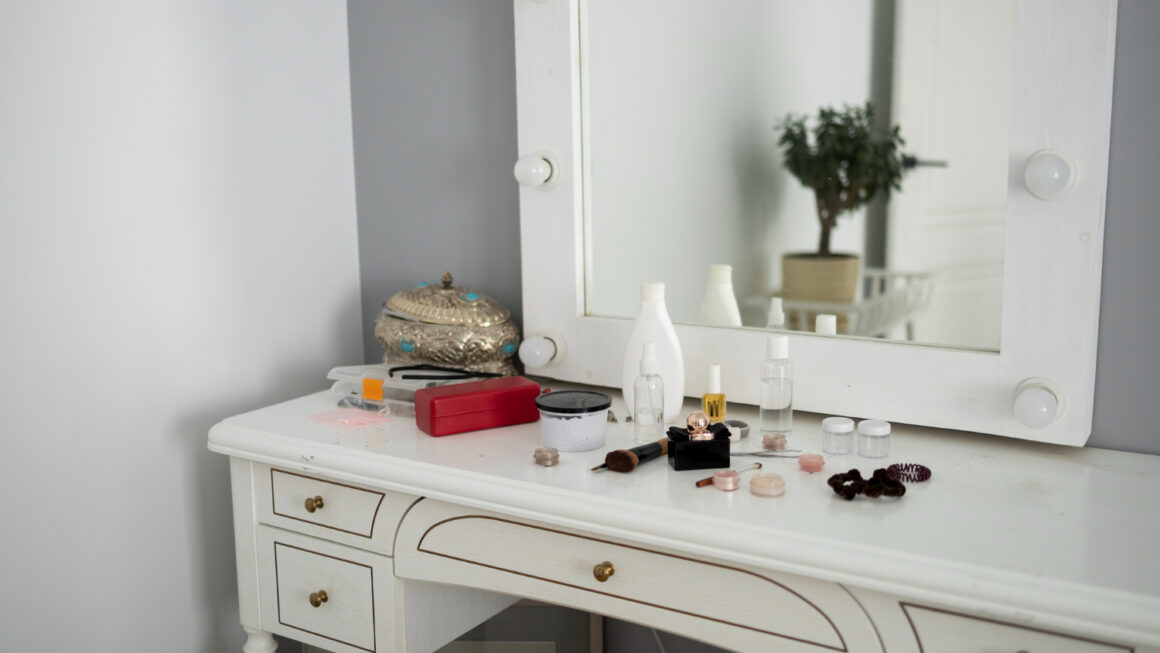Washing pillows is an important part of maintaining good hygiene in your home, and it can also help to extend the life of your pillows. Pillows are exposed to a variety of things that can make them dirty and potentially unhealthy, such as sweat, dust, dead skin cells, and even dust mites. However, many people are unsure of the best way to wash pillows, as they are often made from different materials and can have different care instructions.
In this article, we will provide you with a comprehensive guide on how to wash pillows, including different methods for different types of pillows.
Part 1: Preparing Your Pillows for Washing
Before you start washing your pillows, there are a few things you should do to prepare them. These steps will help to ensure that your pillows are as clean as possible after washing.
Step 1: Check the care label
The first thing you should do before washing your pillows is to check the care label. This will give you important information about how to wash your pillows, including the recommended washing temperature and any specific care instructions. If the care label is missing or unreadable, you can check the manufacturer’s website or contact them directly for advice.
Step 2: Remove the pillowcase and any other covers
Before you start washing your pillows, you should remove the pillowcase and any other covers, such as a decorative sham or a dust cover. These covers can usually be washed separately in the washing machine on a gentle cycle, or by hand. If the covers are particularly delicate or have any embellishments, you may need to hand wash them or have them dry cleaned.
Step 3: Check for stains and spot treat if necessary
If your pillows have any stains, you should treat them before washing them. You can use a pre-treatment stain remover, or make your own by mixing equal parts of baking soda, hydrogen peroxide, and water into a paste. Apply the paste to the stain, rub gently, and let it sit for 15-30 minutes before washing.
Step 4: Fluff and redistribute the filling
Before you wash your pillows, you should fluff them up and redistribute the filling. This will help to ensure that the pillows are clean and fluffy after washing, and will also help to prevent clumping or bunching of the filling. You can do this by hand or by using a pillow fluffer.
Part 2: Washing Your Pillows
Now that you have prepared your pillows for washing, it’s time to start the washing process. There are several different methods you can use to wash your pillows, depending on the type of pillow you have and the washing instructions on the care label.
Method 1: Machine washing
Machine washing is the most common method for washing pillows, and is suitable for most types of pillows, including synthetic, down, and feather pillows. However, you should always check the care label before machine washing your pillows, as some pillows may require special care.
Step 1: Choose the right washing machine and detergent
When machine washing your pillows, you should use a front-loading washing machine, as top-loading machines can be too rough on pillows and can damage the filling. You should also use a mild detergent that is suitable for the type of pillow you have.
Step 2: Load the washing machine
You should only wash two pillows at a time to ensure that they have enough room to move around in the washing machine. If you are washing a single pillow, you should add some towels or other soft items to the machine to prevent it from getting damaged.
Step 3: Set the washing machine to a gentle cycle
You should set the washing machine on a gentle cycle with warm water. Avoid using hot water, as this can damage some types of pillow filling. You should also use a second rinse.
A second rinse is an optional step that can be added to the washing process to ensure that all the detergent and dirt are removed from the pillows. It can be particularly important for people with sensitive skin or allergies. To add a second rinse to the washing process, simply select the “extra rinse” or “double rinse” option on your washing machine, if available.
Step 4: Dry the pillows
After washing, you should remove the pillows from the washing machine and squeeze out any excess water. You can then place the pillows in the dryer, along with a few clean towels or dryer balls, to help fluff them up. Set the dryer to a low heat setting and check on the pillows every 20-30 minutes to ensure that they are drying evenly. It may take several hours for the pillows to dry completely, depending on their size and filling.
Method 2: Hand washing
Hand washing is a gentle alternative to machine washing that can be used for delicate pillows, such as those made from silk or wool. It can also be a good option for people who do not have access to a washing machine.
Step 1: Fill a bathtub or sink with warm water and detergent
To hand wash your pillows, you should fill a bathtub or sink with warm water and add a mild detergent that is suitable for the type of pillow you have. Swirl the water around to distribute the detergent evenly.
Step 2: Submerge the pillows and agitate gently
Submerge the pillows in the water and agitate gently with your hands to help loosen dirt and grime. Avoid squeezing or wringing the pillows, as this can damage the filling.
Step 3: Drain and rinse the pillows
After agitating the pillows, drain the soapy water and refill the bathtub or sink with clean, warm water. Submerge the pillows again and agitate gently to remove any remaining soap.
Step 4: Dry the pillows
After rinsing, gently squeeze out any excess water from the pillows and place them in the dryer, along with a few clean towels or dryer balls, to help fluff them up. Set the dryer to a low heat setting and check on the pillows every 20-30 minutes to ensure that they are drying evenly.
Method 3: Dry cleaning
Some types of pillows, such as those made from silk or wool, may require dry cleaning rather than washing. Dry cleaning involves using a special solvent to remove dirt and stains from the pillow without using water.
Step 1: Find a reputable dry cleaner
To have your pillows dry cleaned, you should find a reputable dry cleaner in your area. Look for a cleaner who has experience with delicate fabrics and pillows, and who uses eco-friendly and non-toxic cleaning solvents.
Step 2: Bring your pillows to the dry cleaner
When you bring your pillows to the dry cleaner, be sure to let them know what type of pillow you have and any specific care instructions. They will inspect the pillows for any stains or damage and will determine the best cleaning method.
Step 3: Pick up your clean pillows
After the dry cleaning process is complete, you can pick up your clean pillows from the dry cleaner. Be sure to inspect them carefully for any damage or stains before bringing them home.
Here are some additional tips to help you get the best results when washing your pillows:
Check the care label: Before washing your pillows, be sure to check the care label to see if there are any specific instructions or restrictions. Some pillows may require special care or cannot be washed at all.
Use a large-capacity machine: If you are washing more than one pillow, be sure to use a large-capacity washing machine to ensure that there is enough room for the pillows to move around freely.
Use a gentle cycle: When washing your pillows, use a gentle cycle to avoid damaging the filling or outer shell. Avoid using hot water, as this can also damage the filling.
Add extra rinses: As mentioned earlier, adding extra rinses can help ensure that all the detergent and dirt are removed from the pillows, which can be particularly important for people with allergies or sensitive skin.
Dry completely: Be sure to dry your pillows completely to prevent mold and mildew growth. If your pillows are not completely dry after the first cycle, you can add additional drying time or let them air dry in a well-ventilated area.
Fluff regularly: To keep your pillows looking and feeling their best, be sure to fluff them regularly. This can help redistribute the filling and prevent clumping.
Use pillow protectors: To protect your pillows from spills, stains, and dust mites, consider using pillow protectors. These can be washed separately and will help extend the life of your pillows.
By following these tips and the washing methods outlined above, you can keep your pillows clean, fresh, and comfortable for years to come.




